ESC Group: Approaching 40 Years as a Global Leader in Construction Solutions
Approaching its 40th anniversary, ESC Group stands as a testament to unwavering innovation, steadfast reliability, and unparalleled excellence. From its humble beginnings in the 1980s, ESC has transformed into a global leader in construction, continuously pushing the boundaries of what is possible in the industry. Maintaining its focus on delivering advanced solutions that meet the evolving needs of its clients across various sectors, including infrastructure, commercial, and marine projects. This growth is a testament to its commitment to quality, cutting-edge technology, and a vision that embraces future possibilities, positioning ESC Group as a beacon of progress and stability in the construction world. Read more….

Featured Product: Vinyl Sheet Pile Manufacturing in North Carolina
New Mill for Vinyl Sheet Pile Manufacturing Set to Commence Production in the USA
Statesville, NC – Get ready for a groundbreaking moment! Pietrucha-ESC is stirring the construction world with the announcement of its brand-new, state-of-the-art mill for vinyl sheet pile manufacturing in the USA. This ambitious venture is set to revolutionize the industry, delivering top-tier, locally produced vinyl sheet piles that combine unmatched durability with sustainability.
It’s a bold step forward, meeting the soaring demand for innovative construction materials while shaping a more sustainable future!

Statesville, NC – Get ready for a groundbreaking moment! Pietrucha-ESC is stirring the construction world with the announcement of its brand-new, state-of-the-art mill for vinyl sheet pile manufacturing in the USA. This ambitious venture is set to revolutionize the industry, delivering top-tier, locally produced vinyl sheet piles that combine unmatched durability with sustainability.
Featured Product: ESC Modular Aluminum Trench Boxes
ESC Trench Safety is proud to announce the launch of its new Modular Aluminum Trench Box System, designed to enhance safety and efficiency in construction and excavation projects.
ESC Modular Trench Box Series is a trench shoring system specially designed for flexibility that allows a variety of configurations suitably as required by users. With its modular structure and aluminum alloy composition, weight is significantly lower compared to steel.
ESC Modular Trench Box is an efficient trenching solution engineered to a high degree of quality and strength, making it an ideal solution for a wide array of excavation and trenching works, particularly quick-phased shoring applications.

Team Spotlights:
ESC AND MISI CONFERENCE 2024: Highlights from the ESC and MISI Board Meeting in Japan

The recent board meeting between ESC Group and Marubeni-Itochu Steel Inc. (MISI) held in Japan was a significant event, bringing together leaders from both organizations to discuss strategic initiatives and future collaborations.
This annual conference provided a platform for in-depth discussions and strengthened bonds between ESC Group and MISI.
ESC PHILIPPINES: Shines at Various Exhibitions
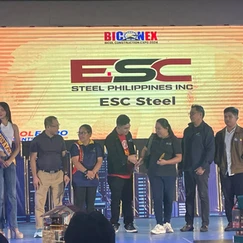


In 2024, ESC Philippines Inc. stormed into five significant events: two construction expos (Biconex and Philconstruct), two civil engineering group events, and one exclusive client event.
CBRE – Supplier Events and Trade Hall Expo 2028 (October 2024)
BICONEX (August 2024)
Philippine Institute of Civil Engineers, Inc. 2024 PICE Midyear National Convention and Technical Conference (October 2024)
PHIL CONSTRUCT Celebrating 35 YEARS (November 2024)
Employee Section:
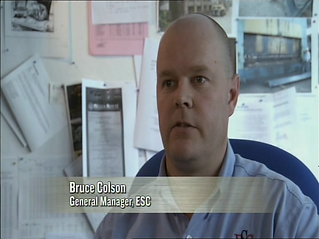
Bruce Colson, first and foremost known as the son of the ESC Group co-founder Mr. Milton Colson, has truly carved out his own legacy since joining the company in October 1993. Starting as a humble Site Supervisor on the JB Landmark project in Johor Bahru, Malaysia, Bruce has risen to become the President of ESC Steel LLC and the ESC Group.
He is now fully committed to propelling ESC’s products and services onto the global stage while instilling a culture of discipline, integrity, and excellence among the staff, all in pursuit of the company’s grand vision and objectives.
Get to know a firm, straightforward, and confident leader, a driving force behind ESC Group and ESC Steel LLC.
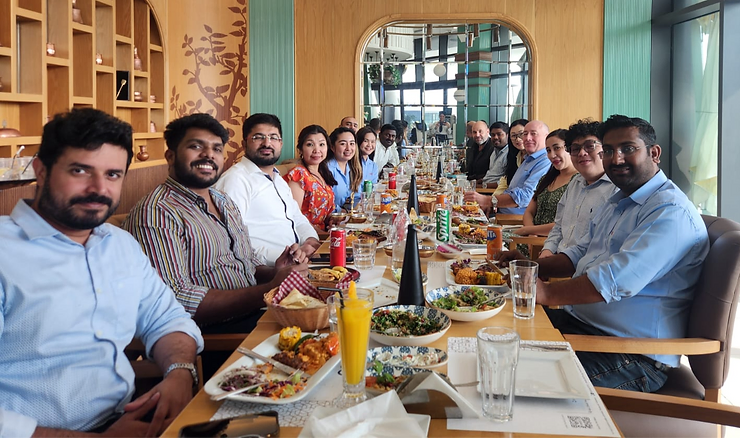
In a day filled with camaraderie and celebration, the ESC Group Middle East team recently gathered to celebrate Kevin Ashdown’s remarkable 30th anniversary with ESC. This milestone event was a testament to Kevin’s dedication and hard work and a celebration of the values and culture that define ESC Group.
Get to know ESC Employees



































 Recognition is due for the dedication and tireless efforts of our team. The unwavering commitment to excellence has played a vital role in successfully securing and executing our projects, showcasing our combined expertise.
Recognition is due for the dedication and tireless efforts of our team. The unwavering commitment to excellence has played a vital role in successfully securing and executing our projects, showcasing our combined expertise.








 ESC’s reputation is built on excellence and commitment in providing high-quality, efficient, and cost-effective solutions. We can provide competitive prices by adhering to engineering innovations and advance technologies that enhance safety and product quality, reduce unnecessary operational costs, and create added value to our products and services.
ESC’s reputation is built on excellence and commitment in providing high-quality, efficient, and cost-effective solutions. We can provide competitive prices by adhering to engineering innovations and advance technologies that enhance safety and product quality, reduce unnecessary operational costs, and create added value to our products and services.























 The industry’s outputs are utilized by both commercial and industrial enterprises, such as electronics, steel sections manufacturing, and shipbuilding, among others. Hence, the industry’s demand for steel production has extremely increased throughout the years.
The industry’s outputs are utilized by both commercial and industrial enterprises, such as electronics, steel sections manufacturing, and shipbuilding, among others. Hence, the industry’s demand for steel production has extremely increased throughout the years.

 Manufacturers/suppliers having innovative tools and equipment are likely to finish the production projects without any delays, increasing efficiency and quality for low costs.
Manufacturers/suppliers having innovative tools and equipment are likely to finish the production projects without any delays, increasing efficiency and quality for low costs.




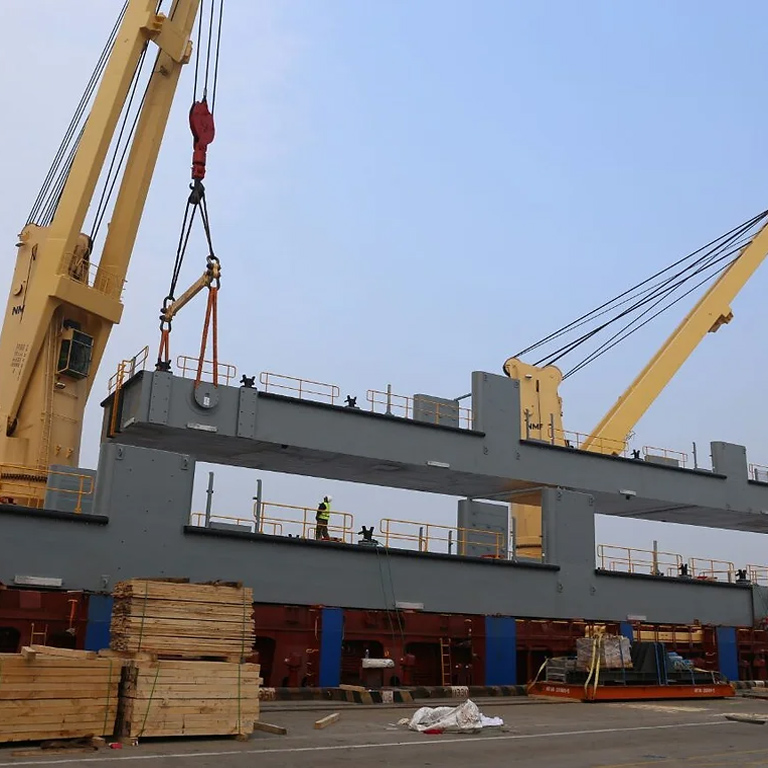


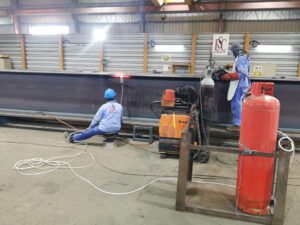 One of the criteria that qualifies a metal fabricator is its capability to design and formulate engineering solutions for different project specifics. A metal fabricator should be able to work with drawings, translate drawings and specifications to shop drawings, and design a project from scratch if necessary including undertaking field investigation works.
One of the criteria that qualifies a metal fabricator is its capability to design and formulate engineering solutions for different project specifics. A metal fabricator should be able to work with drawings, translate drawings and specifications to shop drawings, and design a project from scratch if necessary including undertaking field investigation works.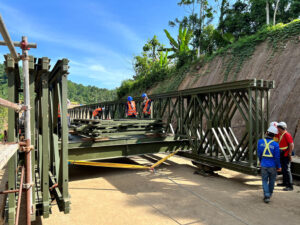 300,000 mT Annual fabrication capacity in total more than 15 factories
300,000 mT Annual fabrication capacity in total more than 15 factories With ESC’s well-established facilities in United Arab Emirates and China, and its vast global sales and logistics network, the Company has been providing structural steel fabrications around the world for more than 30 years. Our track record in different continents and regions demonstrates a hard-earned success and recognition as characterized by a wide variety of project types and magnitudes – from small components to large structures. Some of our accomplishments are as follows:
With ESC’s well-established facilities in United Arab Emirates and China, and its vast global sales and logistics network, the Company has been providing structural steel fabrications around the world for more than 30 years. Our track record in different continents and regions demonstrates a hard-earned success and recognition as characterized by a wide variety of project types and magnitudes – from small components to large structures. Some of our accomplishments are as follows:










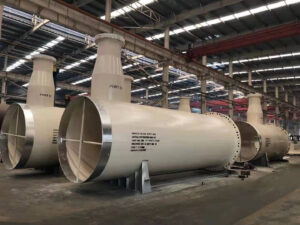


 Structural steel can create a huge reduction in the overall cost by the accumulation of savings in logistics, construction time, equipment cost, labor cost, and material cost.
Structural steel can create a huge reduction in the overall cost by the accumulation of savings in logistics, construction time, equipment cost, labor cost, and material cost. Structural steel building can be 30% lighter than conventional building when properly designed and constructed. This is a factor that can greatly reduce the costs of foundation works and the overall degree of construction difficulties.
Structural steel building can be 30% lighter than conventional building when properly designed and constructed. This is a factor that can greatly reduce the costs of foundation works and the overall degree of construction difficulties.











